If you ask me, nothing spoils a killer trip in the outdoors than a crappy meal. No one enjoys hiking miles upon miles only to get to camp and munch down on a soggy sandwich. A hot meal warms you up, lifts your spirits, delivers nutrition and sets you up for success during the following days. But when shopping for the best camping stove, the shelves of your outdoor store and the rabbit hole of online searches can lead you to more questions than answers.
Videos by Outdoors
Is there a one-size-fits-all camp stove for every trip? Nope! Different stove options meet different needs. Whether it’s a picnic outing with your family, an overnight backpacking trip, a thru hike, a cold weather trip or a mountain climb, the stove you choose should match the cooking conditions for the trip. Here, some of the best options that have worked for me over my lifetime as an outdoorsman.
Best Overall Camp Stove: MSR Pocket Rocket 2 Stove

$60
At just 2.6 ounces and smaller than the palm of your hand, this stove is aptly named, as it will literally fits in your pocket. The equipment folds into itself, but it’s not a complex puzzle. The three stainless steel arms unfold to provide the cook surface once screwed onto a canister of fuel. It comes with a plastic case for storing, but I only use that at home. In the field, I store the stove, small canister of fuel, a lighter and a paper towel all inside my cookpot. This is my go-to stove for most of my trips, especially after I used it without fail during my four-month thru hike in New Zealand.
My main gripe is that there’s no way to secure the pot to the top of the stove, so I find I have to be more mindful on uneven surfaces to support the pot. Other small complaints: Because it’s so compact, it can get misplaced. It’s also not ideal for windy conditions, unless you have a windscreen to wrap around it, and it only works with a isobutane/propane mixture, which can freeze up in extreme cold—but I suggest a stove below that’s better suited for colder weather.
Buy the MSR Pocket Rocket 2 Stove

Best Stove for Car Camping: Coleman Classic Propane Gas Camping Stove
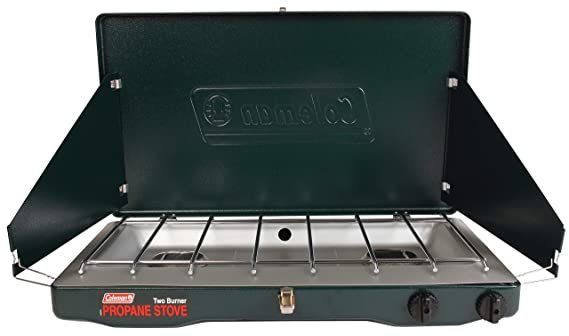
$75
I’m willing to bet every outdoors enthusiast owns something made by Coleman, including potentially the brand’s iconic green stove, which has been in production for nearly 100 years. I’ve had a Coleman from the time I started tailgating at concerts and more recently during the years when I lived and worked out of a Subaru for Leave No Trace. The model has two independent and adjustable burners protected by wind block panels that fit 10-inch skillets and bigger pots for prepping feasts for the whole family.
Weighing in at close to 10 pounds, it’s best for car-camping trips only, as you wouldn’t want to lug this any distance. It folds down to the size of a thin suitcase and can easily fit in a car trunk. It also uses propane (those ever-so-popular green cans), so if you are on a multi-month road trip like my wife and I were, you’ll go through multiples.
Buy the Coleman Classic Propane Gas Camping Stove

Best Stove for Windy Conditions: MSR WindBurner Personal Stove System

$190
If you’re looking for a stove system for personal use that can be used in windy conditions, this one is for you. It comes with a stove, cook pot with insulated coozie, straining lid, half-liter bowl and a stand, all of which packs inside the cook pot and can easily fit in your pack. Because the cook pot is made for this stove, it securely attaches so you can step away while cooking and the pot will not slip off, even in a gust.
This one-pot solo system only works with the provided pot, which can be limiting if you need a variety of cookware for your meals. (If you require more options, the company makes larger duo and group systems.) The efficient, adjustable, radiant burner is fueled by an isobutane/propane mixture, which again can freeze in extreme cold.
Buy the MSR WindBurner Personal Stove System
Best Stove for High Altitude: MSR XGK EX Stove

$210
When climbing to higher altitudes or doing polar exploration, you need to think about your fuel choice. The XGK is a liquid fuel stove that converts the liquid fuel into a white gas for a cleaner burn, but it also doesn’t freeze up like the isobutane/propane mixtures, or lose pressure. I have grown to love this stove for my climbing expeditions. On Denali, the temps dipped to -40°F, but it still performed reliably.
The system requires a refillable fuel bottle (sold separately), which connects via a hose and pumps fuel to your stove. Although I love having a refillable bottle and knowing exactly how much fuel I have with me, it’s a more complex setup and needs to be maintained more than your canister stoves. It’s also heavier than most of the other options, but again is for specific use.

Other Camping Stoves Worth Considering
Soto Amicus Stove with Igniter

$45
For just $45, this small screw-on unit is a fine choice for a budget-minded person. It works with your standard isobutane canister. A standout feature I love is the built-in push igniter. It has four arms that fold down into itself, and it can stash easily inside your cook pot. Although the arms lock into place for supporting a pot, they feel a bit flimsy, which could be expected for the price.
Buy the Soto Amicus Stove with Igniter
Jetboil Flash Cooking System
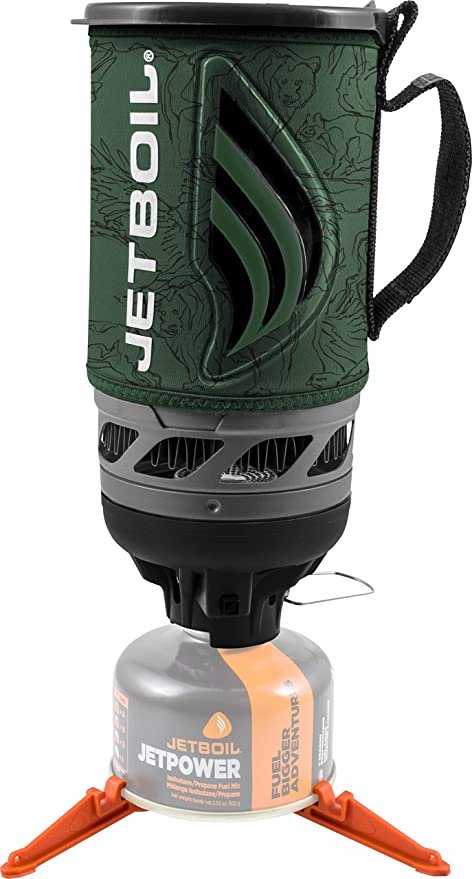
$125
In 2001, boiling water at camp was simplified with the invention of the Jetboil, an all-in-one system. The “flux ring” increases the surface area of heating to make for fast and efficient cooking, so this stove can boil a liter of water in less than 2 minutes. The Flash Cooking System is Jetboil’s most popular and weighs in at just under one pound (without fuel—it uses an isobutane/propane mixture). The downside is because the system has an integrated pot that fits 1 liter of water, you really can’t get creative when cooking. But I’m a lazy backpacker and this made my thru hike of the Appalachian Trail a lot easier, as I just used it to boil water every night for my dehydrated meals.
Buy the Jetboil Flash Cooking System

Bonus Buy: A better fuel tank
Ignik Gas Growler Deluxe

$150
Those infamous green 1-pound propane cylinders can last around 2 hours on a full heat. Then they become trash, but as they’re hazardous materials, you need to puncture them to let any remaining propane out. To keep landfills from becoming overrun with these green cans, Ignik came up with this solution. Similar to the 10-pound white refillable propane tanks attached to a grill, the Ignik Gas Growler Deluxe is a 5-pound refillable tank that comes with a carrying case. It attaches to grills and stoves, like the Coleman Camping Stove, with a hose like the one on your home barbecue. One refill of the Ignik costs about as much as one of the green cans. Since I’ve owned my Ignik Growler, I never use green cans anymore.
Buy the Ignik Gas Growler Deluxe
Types of Camping Stoves
There are five main types of camping stoves:
Canister Stoves: Like the Jetboil, MSR Pocketrocket and MSR Windburner, these stoves use canisters with a mixture of isobutane and propane fuel. They’re the most popular camping stoves as they’re easy to use, less mess, safe and come in so many options. You can find ones that are either stand alone like the Pocket Rocket or are a complete cook system like the Jetboil. Because the fuel can freeze, they’re not ideal for colder conditions or at altitude. You also need to buy the canisters separately, and they’re not refillable (unless you upgrade to the Ignik system, above).
Liquid Fuel Stoves: These have a refillable tank that holds the fuel and is hand-pumped into the stove. They’re best suited for colder temps and higher altitude. You always know how much fuel you have left. The bottle can burn other types of fuel like kerosene, natural gas or jet fuel, if you prefer. On the downside, these stove systems are typically heavier, need to be set up, need proper maintenance and are more expensive than canister stoves.
Alcohol Stoves: Using denatured alcohol for fuel, these stoves are small, inexpensive and easy to use. The downfall is they’re messy, less safe and boil slowly. Because they have a smaller footprint, smaller pots for boiling water are best. I did not review any of these for this list.
Wood Stoves: They work by burning wood, sticks and ground debris. The advantage is that those fuel sources are generally readily available and are better than burning fossil fuels. The disadvantage is that the stove themselves are typically heavier, very messy, work only in ideal weather conditions and you need to know if there’s a burn ban. I own and use the Solo Stove Titan, but mainly for use at home on the deck for heating up water or just because it looks cool.
Propane Stoves/Grills: Like your home barbecue, these stoves and grills are best for car camping or tailgating. They run on the same propane that your home grill uses, but in smaller canisters like the green 1-pound can or the Ignik 5-pound refillable tank.
Our Expert Guide
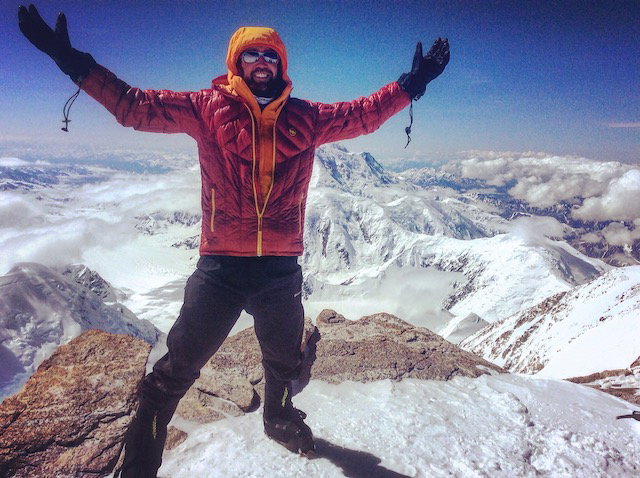
My name is Justin La Vigne and I’ve been exploring the outdoors for more than half of my life. Ever since I was a kid, I wanted to thru-hike the Appalachian Trail. After that dream became a reality, I dove into gear testing and writing, and I’ve now been a technical gear writer for almost a dozen years. I’ve backpacked more than 7,000 miles, climbed some of the highest peaks across the 50 states, thru-hiked two long trails, and lived in a camper van for 7 years and out of a Subaru for 3 years while working for Leave No Trace. Suffice to say, I’ve almost eaten more meals outdoors than in a standard kitchen.
These stoves below are all in my gear shed and I still continue to use all of them for different trips. I have enough of a collection that I could cook a 12-course meal all at once! In preparation for every trip, I dive into my stove box and find the perfect match for the weather forecast and length of trip, also considering weight, fuel source and terrain.
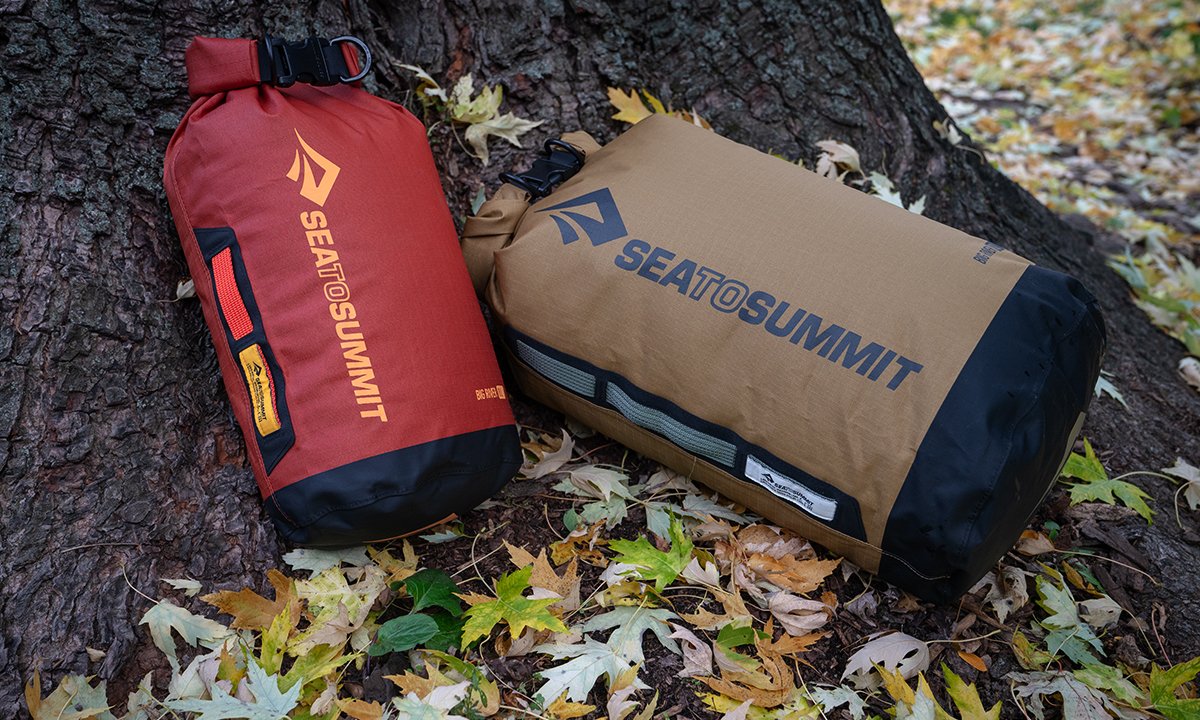
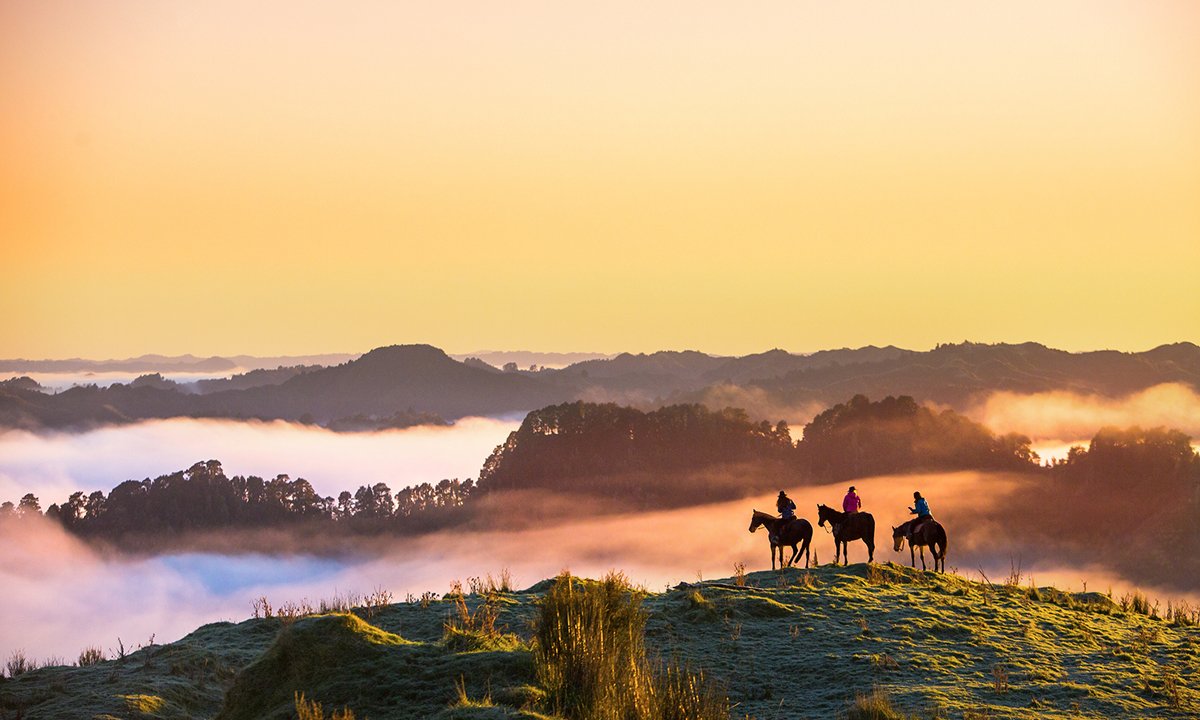


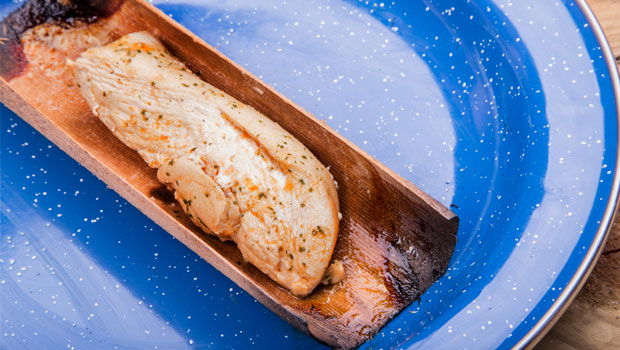
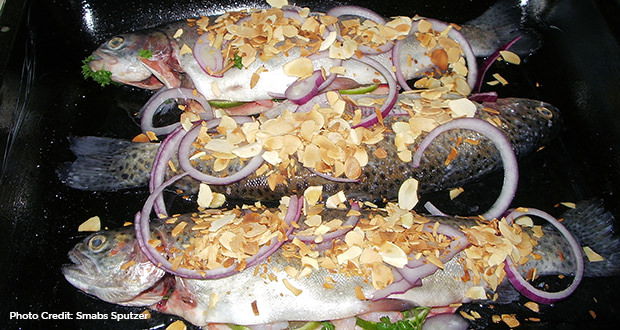

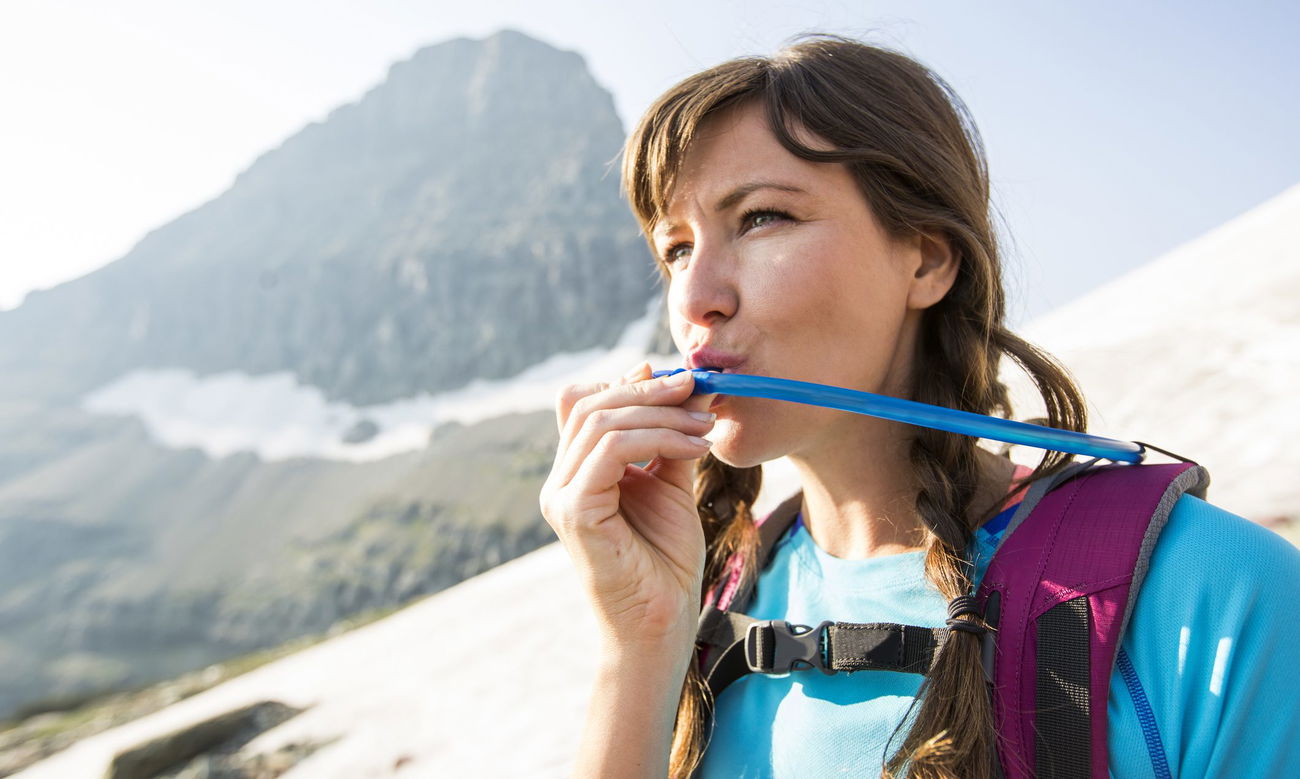
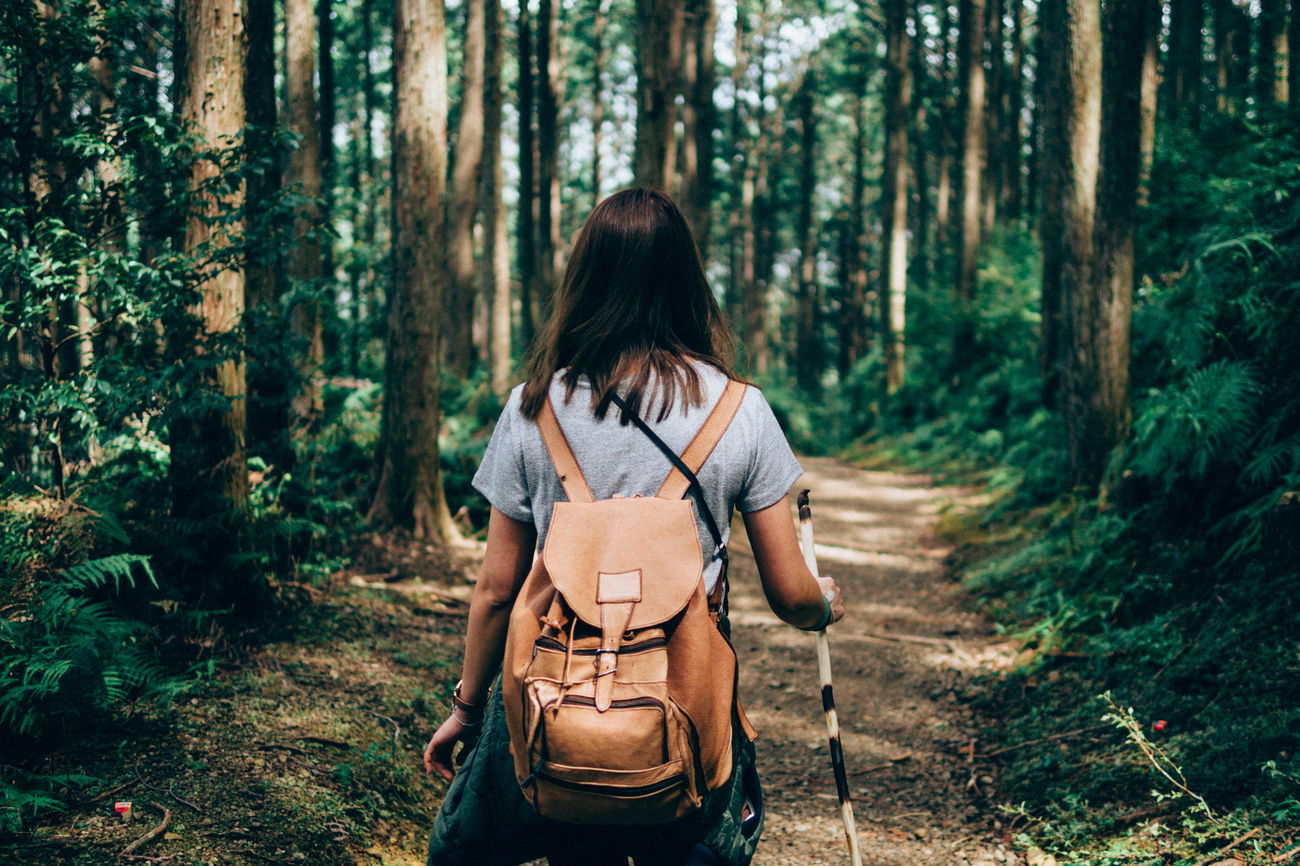
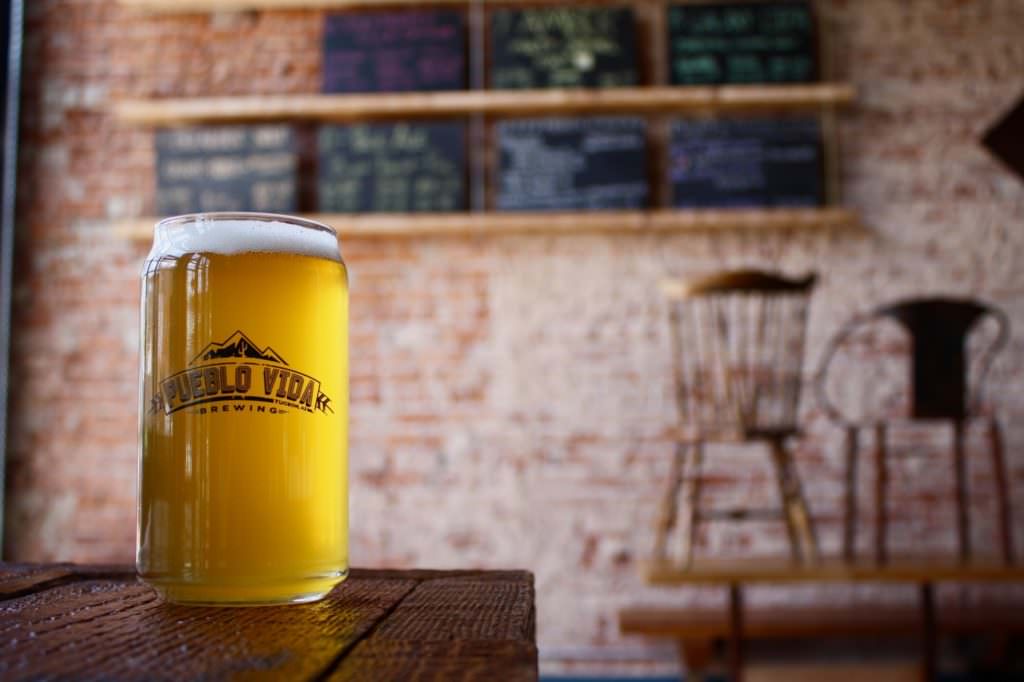
I need all camping gear single father looking to start camping with his daughters what should I be getting please help
Pingback: Currently: March – Wandering La Vignes